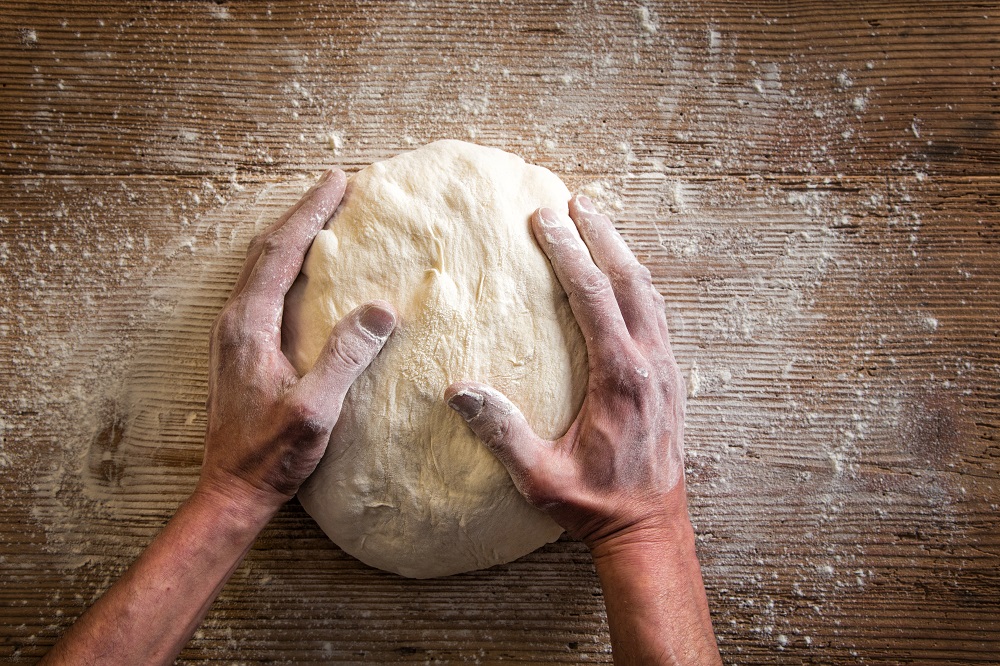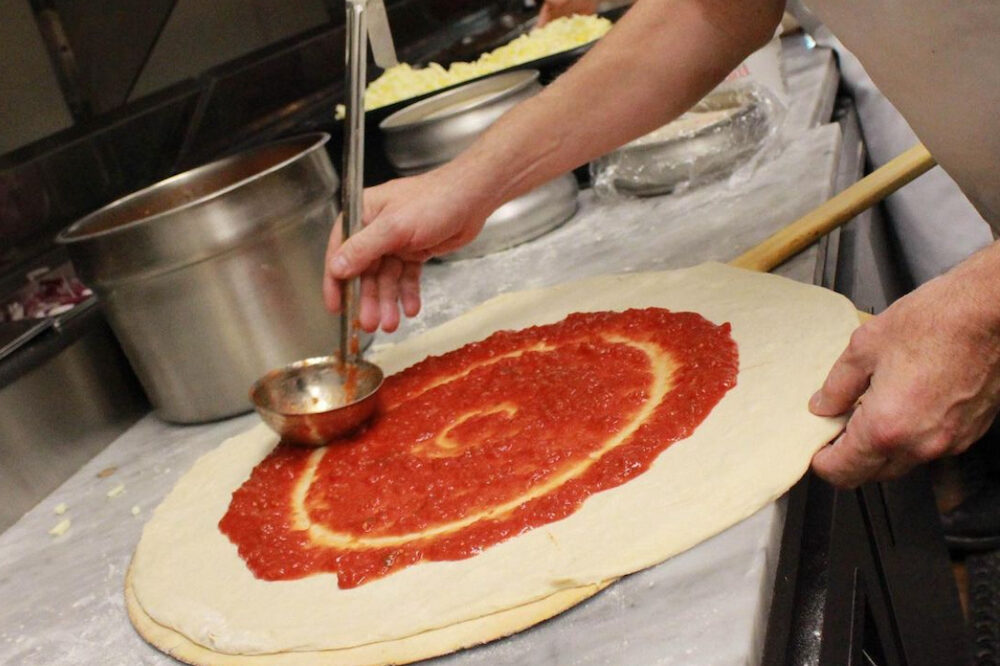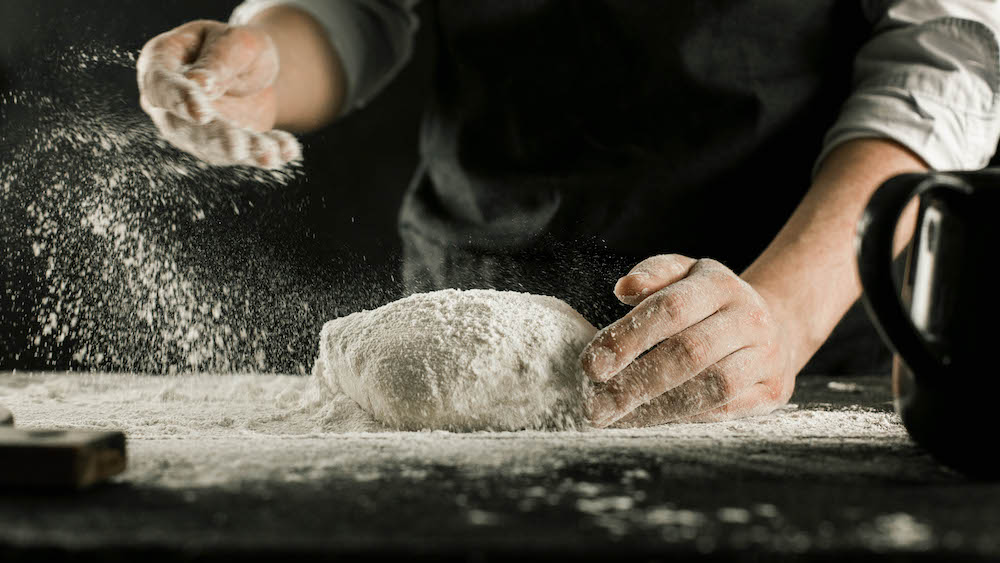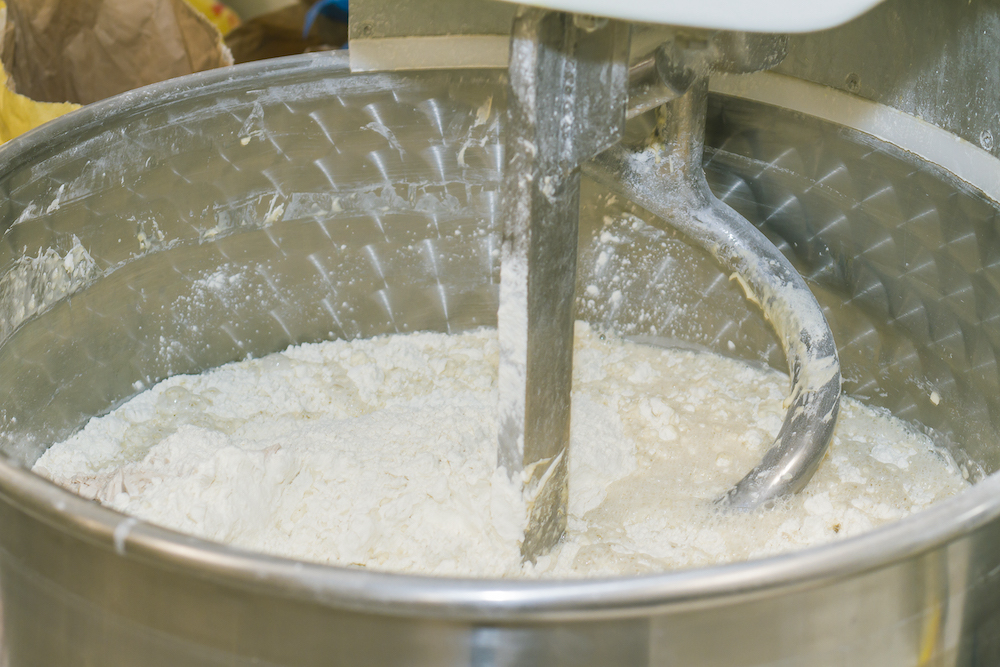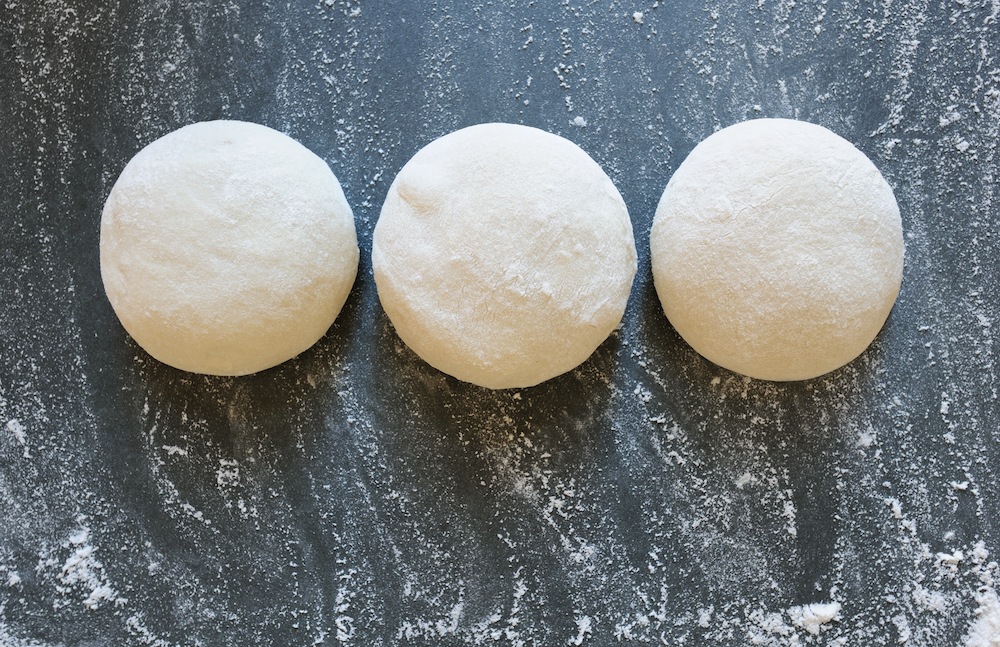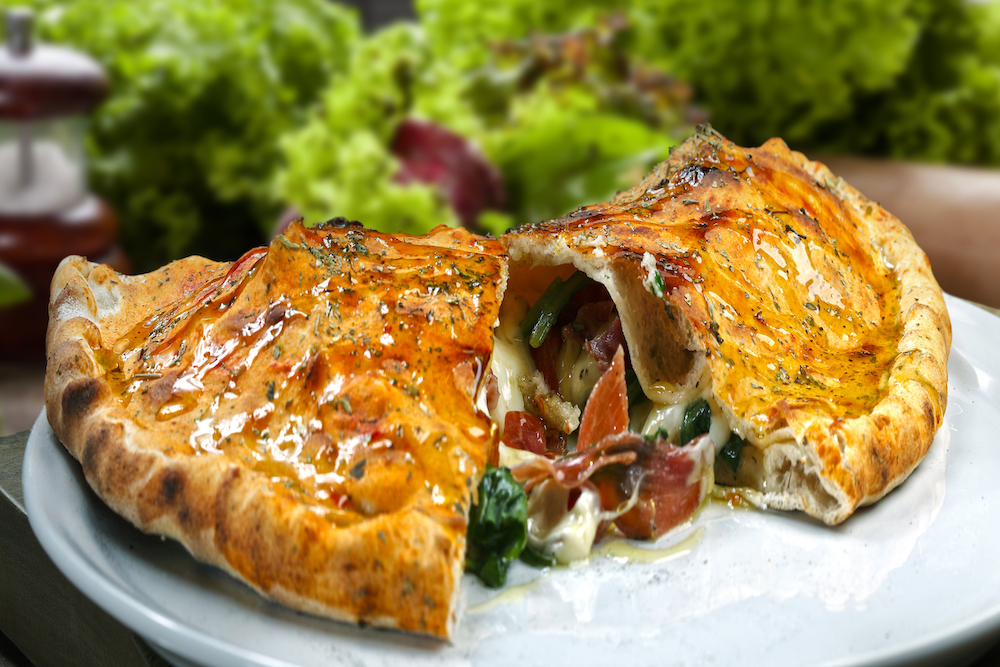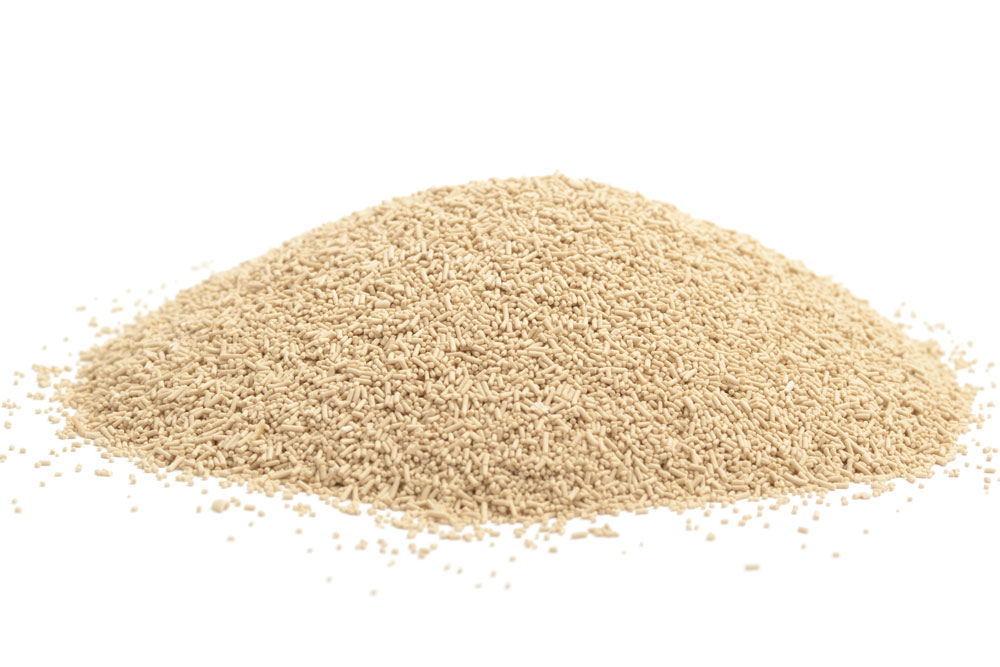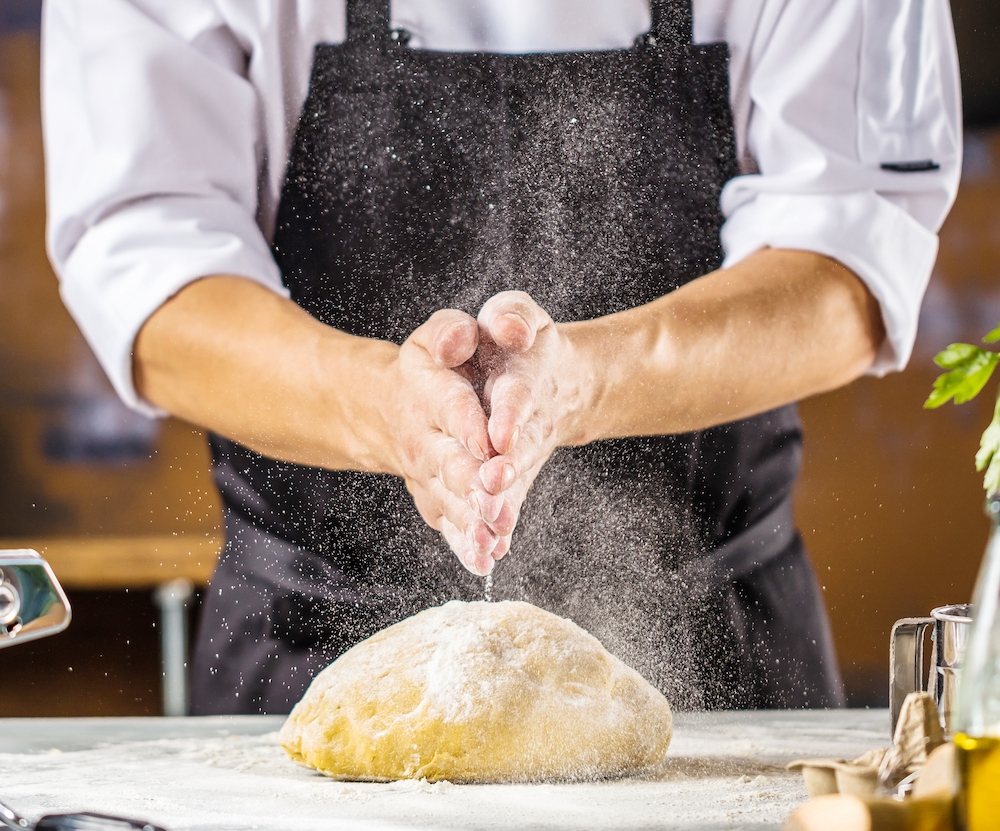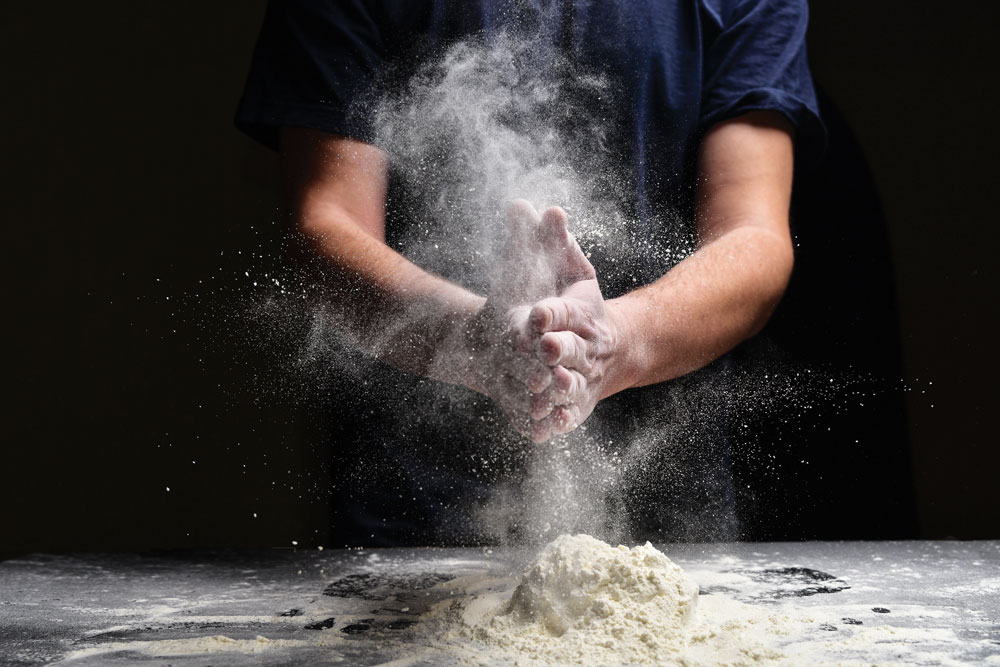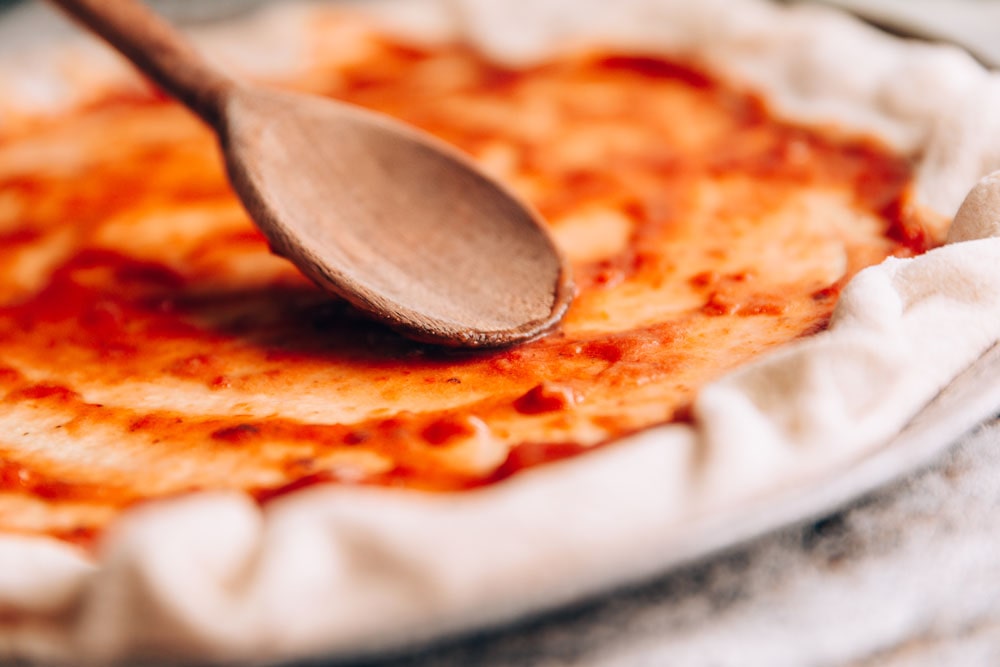We don’t call Tom Lehmann the “Dough Doctor” for nothing. He can diagnose your pizza dough problems and write out a prescription for treatment on the spot. Now if only we could get him to make house calls. Here, Lehmann offers five useful tips for managing your dough and making better pizzas:
1. Feel the heat. Finished dough temperature may be the most critical aspect of effective dough management. For most pizza makers, this means adjusting the temperature of the water that’s added to the dough until you’ve got a finished dough temperature of 80-85 degrees Fahrenheit. To accomplish this, your water needs to be at about 65 degrees.
2. Bubble trouble. If your dough bubbles during the baking process, it’s very likely because you took the dough directly from the cooler to the prep table to the oven. If you must work your dough right out of the cooler, dock it with a plastic dough docker before dressing the dough skin. This will help reduce your bubble troubles.
Related: Tom Lehmann shares the secrets of effective dough docking.
3. Insist on consistency. Are your doughs inconsistent? Try holding back the oil. Don’t add the oil until you have mixed the dough long enough to hydrate all of the white flour (typically about two to three minutes at low speed). Then add the oil and mix for one more minute at low speed to incorporate the oil. Then mix the dough in your normal manner. This approach will prevent the flour from soaking up the oil, which can interfere with the total water absorption properties of the flour.
4. Speed it up. Do you need to mix your dough a little faster? Add the water to the bowl first, then add the flour, followed by the remaining ingredients. Then mix in the normal manner. This will save about two minutes on your total mixing time.
5. Win the toss. Are you or your employees “toss-challenged”? When you hand-form the pizza dough balls into skins, do you end up with paper-thin centers on the skins? There is an easy solution. Use a dough sheeter/roller to open the dough balls up to about ¾ of the desired finished diameter. Then finish opening the dough to finished size by hand. The dough skin will look and bake just like it was opened entirely by hand, but you won’t have the overly thin center.
Related: Tom Lehmann breaks down the math involved with calculating bakers percent.

